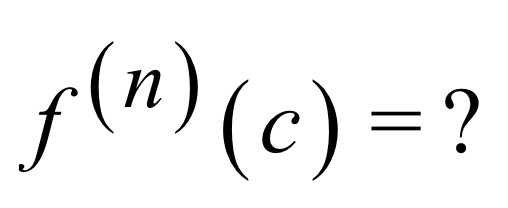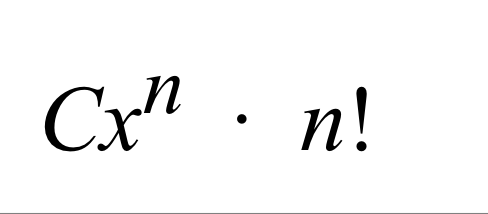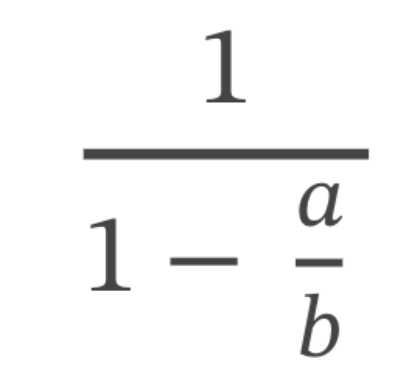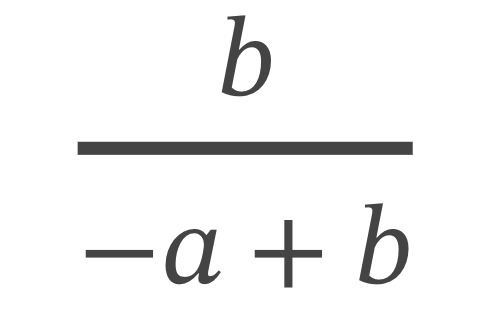Calculus BC | Unit 10A
1/17
Earn XP
Description and Tags
FS 2024
Name | Mastery | Learn | Test | Matching | Spaced |
|---|
No study sessions yet.
18 Terms

Power series for 1/1-x
1+ x + x² + x³ + … + x^n + …


Power series for eˣ
1 + x/1! + x²/2! + x³/3! + … + x^n/n! + …

You can transform a series by. . .
anti-differentiating (take the antiderivative, remember c)
differentiating
multiply/divide
add/subtract (shift vs. modifying every x)
You can only substitute when transforming a series if. . .
the center remains correct.
You must use Taylor’s theorem if algebraic adjustments cannot be made.
The sum of a geometric series can be found with. . .
a/1-r


The nth derivative of a T series can be found with. . .
Coefficient of x^n term * n!

If f’’(x) is positive then. . .
f is concave up at that x value.
If f’’(x) is negative then. . .
f is concave down at that x value.
2nd derivative test for local extrema
use the 1st derivative test and endpoints for critical values (f’(x) = 0)
if f’’(x) = +: concave up, local minimum.
if f’’(x) = -: concave down, local maximum.
2nd derivative test for absolute extrema
find critical points where the first derivative f’(x) = 0 or undefined (endpoints)
calculate 2nd derivative for all (positive = local min, negative = local max)
find original f(x) values for all of the locals & select the highest and lowest values.
When to use tangent line approximation vs. the sum equation for an infinite series
Sum of an Infinite (Geometric/Known) Series
Exact
“compute the sum”
“determine the convergence of the series”
Tangent Line Approximation
approximating values near a specific point
“approximate the value of function g(t)”
A geometric series will converge if
|r| < 1
Conditions for finding the exact value/sum
Series must converge (geometric: |r|<1)
X must match the given range*

Fraction rules:
1/(1-a/b) = ?
b/(-a + b)

Tangent line approximation formula
f(x) ≈ f’(a)(x-a) + f(a)
0!
=1
f(x) * g(x)
PRODUCT RULE
f’(x)g(x) + g’(x)f(x)
f(x)/g(x)
QUOTIENT RULE
f’(x)g(x) - g’(x)f(x) / f(x)²